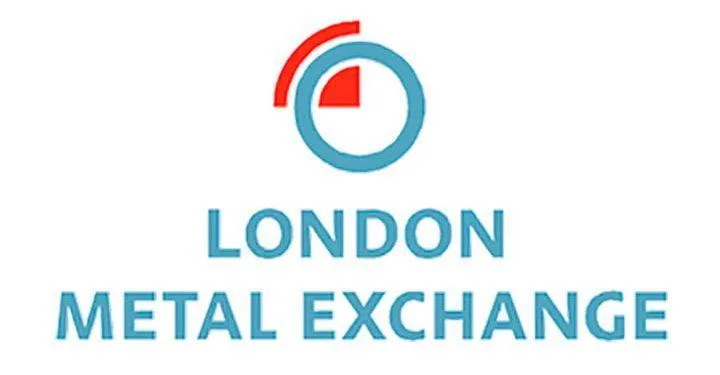Understanding the LME System: Key Features, Benefits, and Market Impact

Introduction to the LME System
The LME System, or London Metal Exchange System, plays a pivotal role in global metals trading, particularly for industrial metals like steel, aluminum, and copper. It provides a platform for trading and managing metal contracts, offering crucial price discovery and risk management functions. In this article, we delve into the LME System‘s key features, benefits, and its impact on the metal markets.
1. What is the LME System?
The London Metal Exchange (LME) is the world’s largest and most liquid market for industrial metals. The LME System facilitates trading of futures and options contracts, providing a benchmark for metal prices globally. It operates through a robust electronic trading platform that offers transparency, liquidity, and efficiency in the trading process.
2. Key Features of the LME System
- Comprehensive Metal Contracts: The LME System covers a wide range of metals including copper, aluminum, zinc, lead, nickel, and tin. Each contract offers various trading options to cater to different needs.
- Price Discovery Mechanism: The LME System provides real-time price data and market insights, essential for accurate price discovery and informed decision-making.
- Risk Management Tools: Through futures and options contracts, the LME System allows traders to hedge against price fluctuations, manage risks, and stabilize financial outcomes.
- Global Accessibility: The LME System is accessible to global traders, enabling seamless transactions across different time zones and regions.
3. Benefits of the LME System
- Liquidity and Transparency: The LME System ensures high liquidity and transparency in trading, facilitating efficient transactions and accurate price formation.
- Price Hedging: Traders and producers use the LME System to hedge against price volatility, helping them manage financial risk and protect margins.
- Market Benchmarking: The prices set on the LME serve as global benchmarks, influencing metal prices across various industries and markets.
- Regulatory Compliance: The LME System adheres to strict regulatory standards, ensuring a fair and compliant trading environment.
4. Impact of the LME System on the Metal Markets
The LME System significantly influences global metal markets by providing a reliable platform for price discovery and risk management. It supports market stability by enabling participants to lock in prices and manage exposure to metal price movements. Additionally, the LME’s global reach and comprehensive contract offerings enhance market integration and accessibility.
5. Future Trends and Innovations
The LME System continues to evolve with advancements in technology and trading practices. Future trends include increased automation, enhanced data analytics, and the integration of sustainable practices into trading processes. These innovations aim to improve trading efficiency, transparency, and market responsiveness.
Conclusion
The LME System is a cornerstone of the global metals market, offering essential tools and features for efficient trading and risk management. Its comprehensive approach to metal contracts, combined with its benefits and market impact, underscores its importance in the industrial metals sector. As the market evolves, the LME System will continue to adapt, providing valuable services to traders and producers worldwide.




Hats off to the writer for such an informative and well-researched article. It’s a great resource!